COMBAT SUICIDE AMONG TROOPS AND VETERANS
Up to Speed: Combating Suicide
HOW WIDESPREAD IS THE PROBLEM?
Twenty veterans and servicemembers die by suicide every day. As the longest war in U.S. history continues, these numbers continue to hold steady every year. IAVA advocates for a broad range of innovative, mental healthcare provisions that have the potential to reverse this heart-breaking trend.
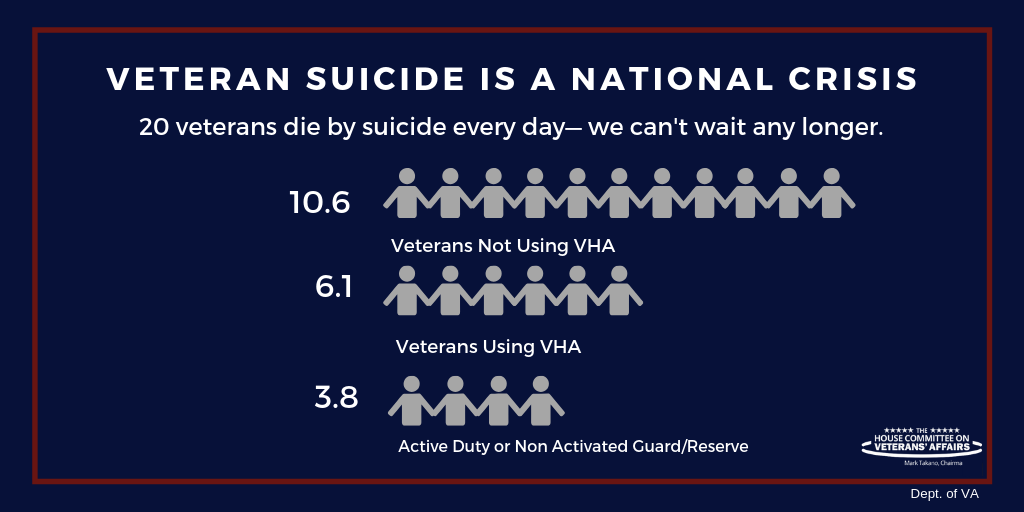
This is appalling, how can I help?
How is IAVA fighting?
IAVA is working hard with other groups and leaders to ensure that those who fought for our country receive the mental health care and support they need; learn about our current leg below and take action.
Recent Win: Hannon Act
IAVA worked closely with legislators and fought hard to pass the Commander John Scott Hannon Veterans Mental Health Care Improvement Act of 2019. This vital legislation includes much-needed updates related to transition assistance, mental health care, care for women veterans, and telehealth care. As well, it includes a vital provision to find and treat at-risk veterans who do not use the VA. It was signed into law on October 17, 2020.
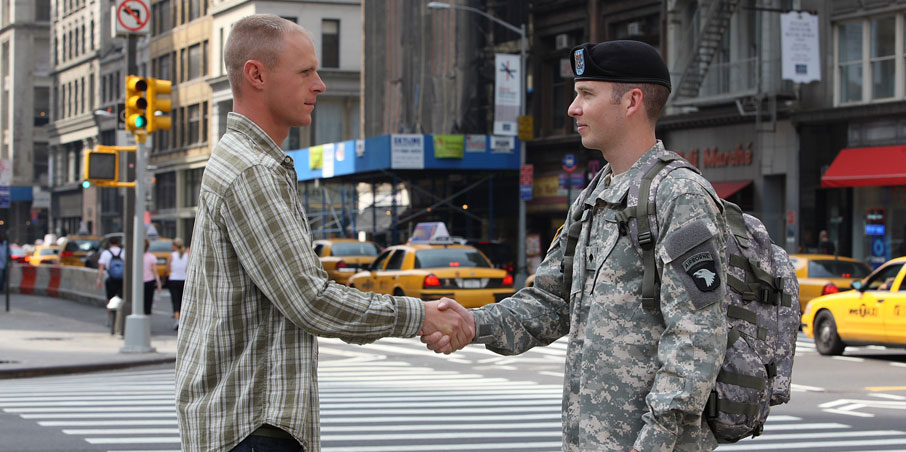
Recent Win: 9-8-8 National Suicide Hotline
IAVA advocated for the enactment of the National Suicide Hotline Designation Act (S. 2661), which designates 9-8-8 as the national suicide prevention and mental health crisis hotline.
The new law helps ensure that individuals and families, including veterans, experiencing mental health distress are able to easily access help and resources. It was signed into law on October 17, 2020.
IAVA will continue to track the progress of this vital crisis intervention resource as it is implemented over the next couple years.
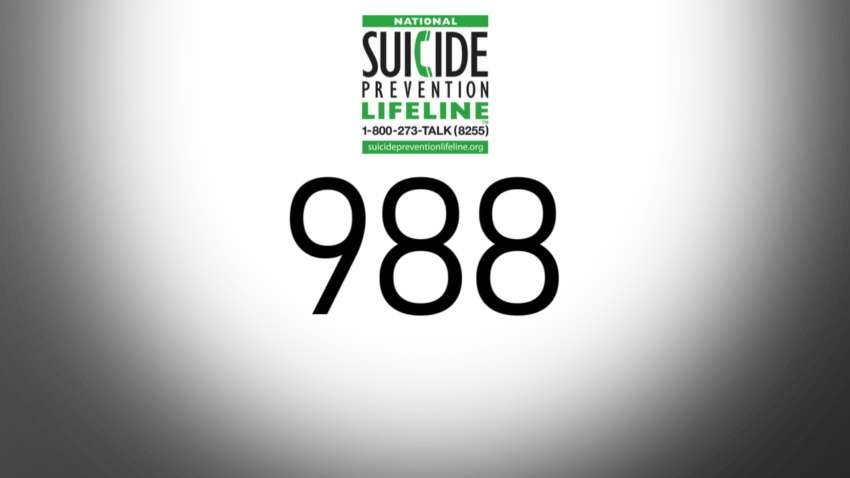
Know someone who needs help?
You are not alone and we can help you find the right resource.
Individual Veteran Help
Call today. Our veteran care partners’ services are all remote and easily accessible.
MORE ABOUT IAVA'S FIGHT TO COMBAT SUICIDE
For nearly a decade, IAVA and the veteran community have called for immediate action by our nation’s leaders to appropriately respond to the crisis of 20 military and veterans dying every day from suicide. Thanks to the courage and leadership of veterans, military family members, and our allies, we have made tremendous progress. The issue of veteran suicide is now the subject of national conversation, increased media coverage, a reduction in stigma, and a surge of government and private support.
Yet, the problem continues to loom. According to the most recent VA data, the youngest cohort of veterans, post-9/11 veterans aged 18 to 34, have the highest rate of suicide. And while not always an indicator of suicide, mental health injuries continue to impact the post-9/11 generation disproportionately. In our latest member survey, a stunning 65% of IAVA members reported service-connected PTSD and over half report anxiety (58%) or depression (56%). Meanwhile, the nation and VA struggle to keep up with the demand for mental health care and mental health care providers such as psychiatrists and psychologists, both of which are in the top 5 for VA staffing shortages.
However, there is some progress. Of those with a mental health injury, 3 in 4 are seeking care for their injury, according to IAVA members. Over the past few years, much progress has been made in the realm of suicide prevention and mental health. DoD, Department of Homeland Security (DHS), and VA’s plan for transitioning servicemembers targets those in the post-9/11 generation at increased risk of suicide to engage with them before the moment of crisis. VA has leveraged telemental health care to expand its reach and predictive analytics to target the top 0.1% of veterans at risk for suicide.
Meanwhile, research into effective treatment options and crisis intervention methods continues. One of the critical ways that IAVA maintains our leadership on this issue is by partnering with organizations that are best-in-class in providing support services to veterans and servicemembers. In 2019, we provided 200 connections to mental health support for veterans and family members around the country, ensuring that those in need of help could easily access the quality support they need. Importantly, we have a memorandum of understanding with the VA’s Veterans Crisis Line (VCL), which allows us to provide a warm handoff with a trained responder at the VCL, where at-risk veterans are never left alone or hung up on, literally preventing veteran suicide. In 2019, IAVA’s Quick Reaction Force (QRF) connected 75 veterans to the VCL, which means that about every week and a half we connected a veteran who was either showing suicidal tendencies or at risk of suicide with lifesaving support.
In 2013, IAVA and our partners jump-started a national conversation. But the flood of need continues nationwide – and continues to rise. Every day, we are losing more of our brothers and sisters to suicide. Now is not the time for America to let up. Instead, this is a time to redouble our efforts as a nation and answer the call to action. IAVA will continue to maintain our leadership on that charge.
IAVA's Policy Priorities
Select a topic from the list below to learn about IAVA’s advocacy priorities.
SUPPORT VETERANS TODAY
Our country has an obligation to fulfill its promise to honor and support vets. Make a donation today to help IAVA fulfill its mission to connect, unite, and empower post-9/11 veterans.
 |  | 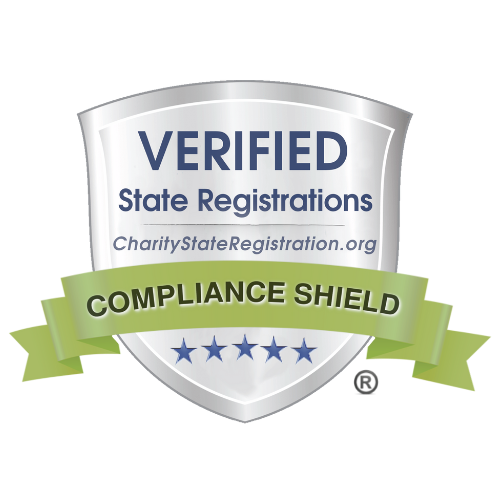 | 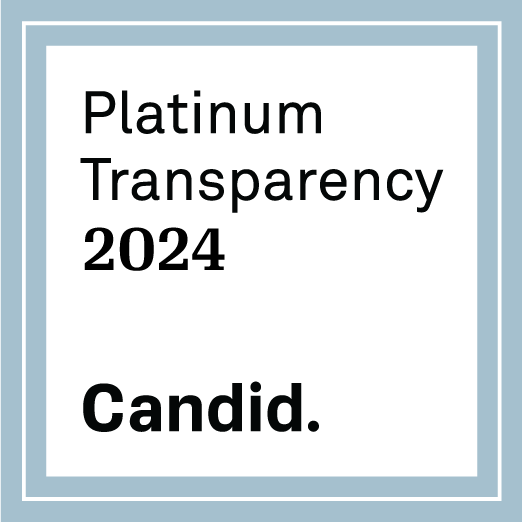 |  |

